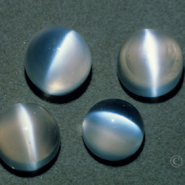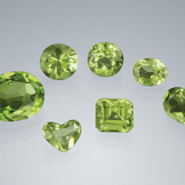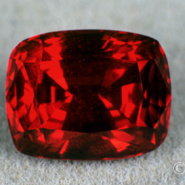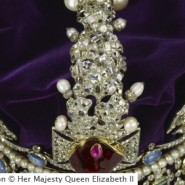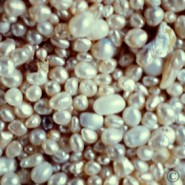Picture blue moonlight shining brightly through fog and you’ll understand why this variety of feldspar is named moonstone. Its shimmering sheen moves through the stone like moonlight.
Read More >>Hailing from the olivine group of minerals, the peridot is a mysterious and thought-provoking gem. Peridot was valued in many ancient and medieval cultures, first in the second century BC in priests’ jewelry and later in the chalices and churches of medieval Europe. Peridot has also been used for centuries as a protective talisman, shielding the owner from evil spirits and “terrors of the night.”
Read More >>Few things catch the eye like ruby. This July birthstone has a color which can be described as a deep, pure, vivid red. Ruby, a variety of the mineral corundum (which also includes sapphires), is as historically captivating as it is beautiful. In the ancient language of Sanskrit, ruby is called ratnaraj or “king of precious stones” for its rarity, hardness (second only to diamond), beauty, and for its seemingly mystical powers.
Read More >>Queen Elizabeth ascended the throne 60 years ago this month. When she was coronated a year later, she wore the ultimate symbol of royal authority – the Imperial State Crown.
This is the quintessential crown. Set with 2868 diamonds in silver mounts, it has an open work gold frame and is fitted inside with a purple velvet cap and ermine fur headband. The jewels mounted on the frame are breathtaking.
Read More >>The June birthstone, the pearl, has a long and rich history. For many young women, pearls are just something you wear when you wanted to look classy and put together. But the unique creation of the pearl, the only gem made from a living creature, tells us that this is an incredibly special little sphere.
Read More >>

